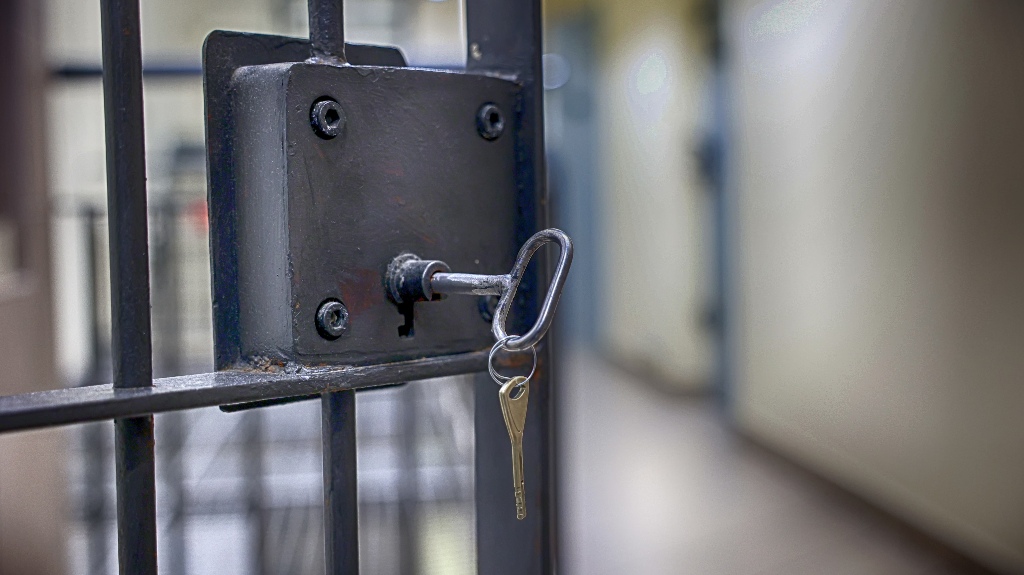How To Get Out of Jail After an Arrest in Kentucky

An arrest triggers a series of legal steps, beginning with the process of determining when and how someone can be released from jail. In Kentucky, the process depends on several factors, including the charge, the judge’s discretion, and the individual’s history.
Whether you’re looking out for yourself or helping someone else, it’s important to understand your options for getting out of jail quickly and what to avoid along the way.
Step 1: Booking and Initial Appearance
After an arrest, the person is taken to jail and booked. This process includes fingerprinting, a mugshot, and entering the arrest details into the system. In most cases, the next step is an initial court appearance, known as an arraignment, during which a judge sets conditions for release.
If the arrest happens outside regular court hours, the jail may follow a pre-set bail schedule or hold bond hearings at designated times. In some cases, the person may remain in custody until they can appear before a judge.
Step 2: Understanding Your Release Options
Kentucky uses several methods for release after an arrest:
Release on Recognizance (ROR)
This means the judge allows the person to leave jail without having to pay any money. It’s based on a promise to return for future court dates. ROR is usually granted when the charges are minor and the person has no history of missing court.
Cash Bond or Bail
In many cases, a judge sets a bond amount. If the person or someone on their behalf can pay the full amount in cash, they’re released. If they show up for all court dates, the money is returned at the end of the case, minus any applicable fees or fines.
Surety Bond (Using a Bail Bondsman)
If paying the full bail amount isn’t possible, many turn to a bail bondsman. In exchange for a nonrefundable fee, typically around 10 percent of the total bond amount, the bondsman posts the bail. If the defendant skips court, the bondsman becomes financially responsible and may take steps to locate the person.
Property Bond
Less common, this option involves using property as collateral for bail. The property must be in Kentucky and worth at least the amount of the bond. The court places a lien on the property, which is released once the case is concluded and all court appearances have been made.
Pretrial Services Release
Kentucky uses a Pretrial Services Program that interviews arrested individuals and recommends to the judge whether they should be released. These recommendations are based on a risk assessment and criminal history. Judges often rely on this when deciding whether someone qualifies for release without having to pay money.
Step 3: Conditions of Release
Getting out of jail doesn’t mean you’re free of obligations. A judge can impose several conditions, such as:
- No contact with alleged victims
- Drug or alcohol testing
- Travel restrictions
- Electronic monitoring
- Regular check-ins with Pretrial Services
Violating these conditions can result in being re-arrested or having your bond revoked.

Step 4: Don’t Wait to Call a Lawyer
What happens in the first 24 to 48 hours after an arrest can shape the entire case. Having an experienced criminal defense attorney on your side early in the process can make a major difference. An attorney can:
- Argue for lower bail or ROR release
- Push for faster arraignment
- Challenge unlawful detention
- Advise on what to say or not say to the police
Have You Been Arrested in Kentucky? Hoffman Walker & Knauf Can Help
At Hoffman Walker & Knauf, we understand the stress that an arrest can cause. Whether you’re trying to get someone out of jail quickly or want to protect your rights during the legal process, we’re here to fight for you. Contact Hoffman Walker & Knauf for a confidential consultation. We can work quickly to protect your freedom and your future.

